- 1What is a pot magnet?
- 2What is pot magnet used for?
- 3What are the parts of a pot magnet?
- 4How does a pot magnet work?
- 5What are the different types of pot magnet?
- 6Which type of pot magnet should you choose?
- 7What is a countersunk pot magnet?
- 8How to use a countersunk pot magnet
- 9What is an internal threaded pot magnet?
- 10What is a through hole pot magnet?
- 11What is a stud pot magnet?
..to your best source for incredibly strong neodymium rare earth magnets. If you are new to our site, we're glad you found us. We hope we can fill all of your neodymium rare earth magnet needs.
How to use a countersunk pot magnet
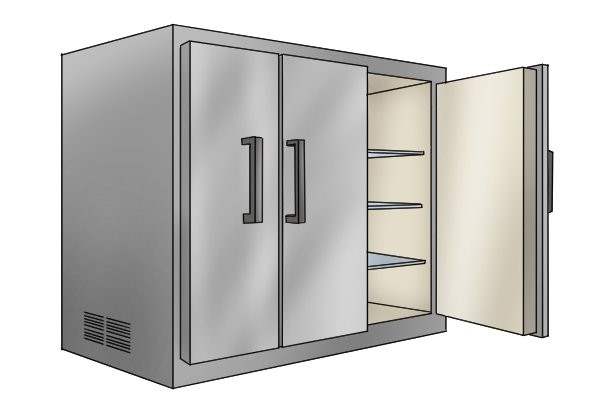 | Countersunk pot magnets can be attached to non-ferromagnetic materials with the help of a countersunk screw; for example, to hold heavy fridge doors open and closed.
To attach the countersunk pot magnet to a non-ferromagnetic material, you will need to do the following: |
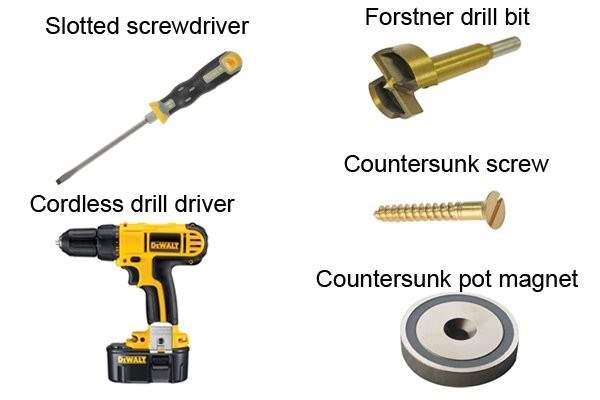 | Equipment required:
|
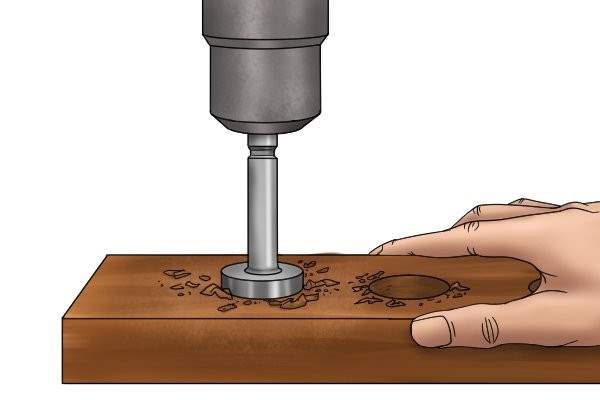 | Step 1 - Drill holeUse the cordless drill driver with the forstner drill bit attached to drill a flat-bottomed hole into a piece of non-ferromagnetic material, e.g. a piece of wood.
The forstner drill bit will produce a hole of a consistent depth with smooth sides, which is ideal to insert the countersunk pot magnet into. |
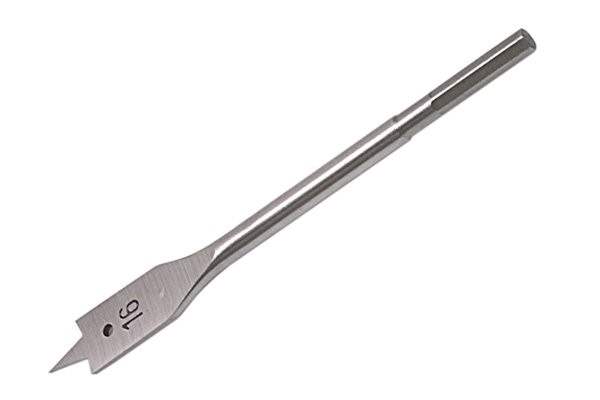 | A flat drill bit may also be used for this task, however it will not leave as neat a hole as the forstner drill bit due to its sharp pointed end |
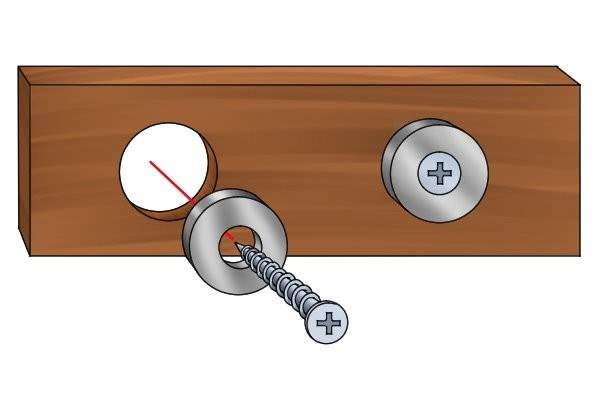 | Step 2 - Insert countersunk magnetClear the hole of any wood chippings and insert the countersunk pot magnet with the countersunk hole facing upwards. |
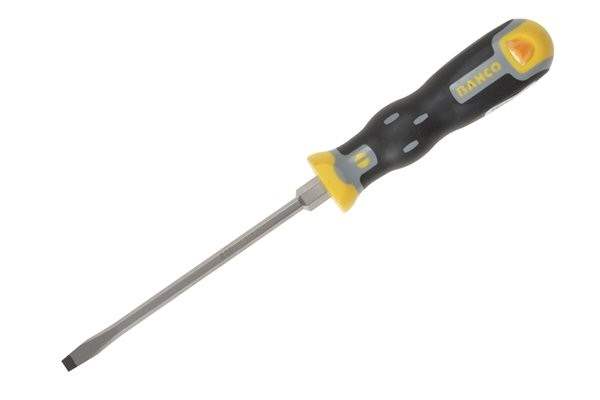 | Step 3 - Fasten with screwFasten the countersunk magnet with the flat headed screws using a screwdriver. Continue doing this until the screw is flush (level) with the top of the countersunk pot magnet. |